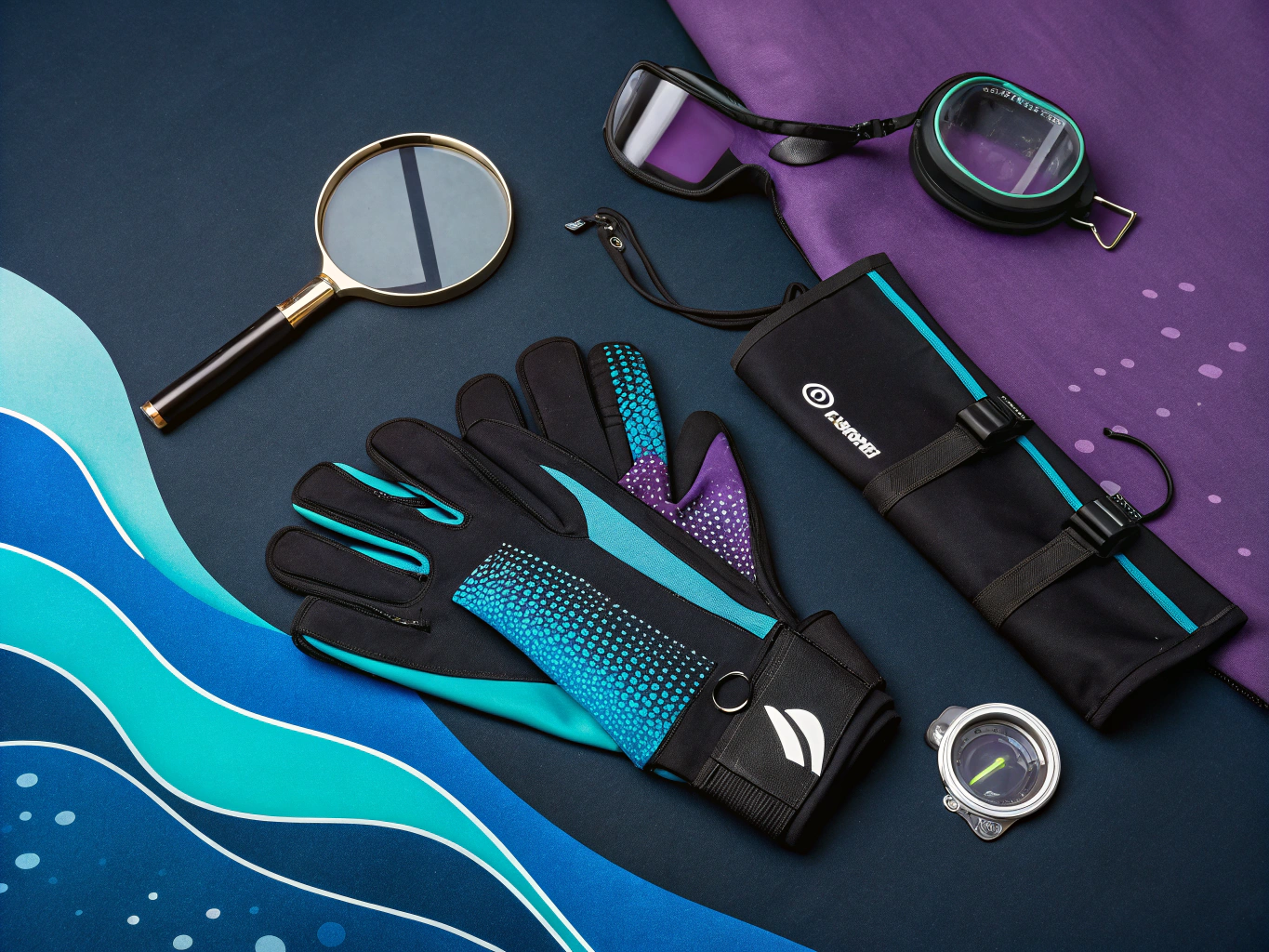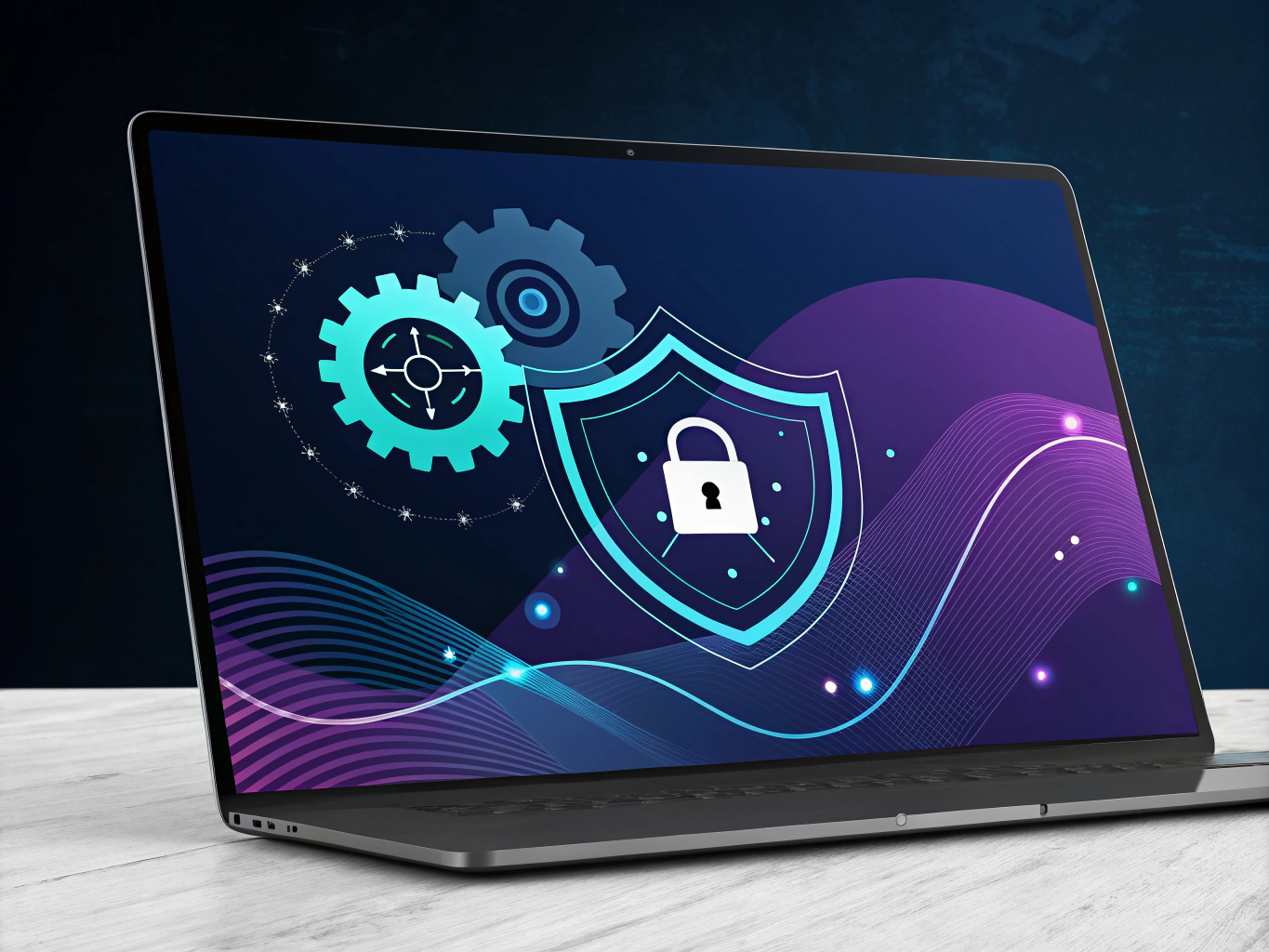The Ultimate Face-Off: Making Sense of the Squarespace vs Shopify Debate
Look, I’ve spent the better part of a decade helping businesses navigate the choppy waters of e-commerce platforms, and if there’s one question that keeps popping up in my inbox like an overeager puppy, it’s this: “Should I go with Squarespace or Shopify?” Let me tell you, it’s not as straightforward as picking between pizza toppings (though I wish it were that simple).

These two heavyweights have been duking it out for years, and in 2024, the competition’s fiercer than a New York minute. Whether you’re a scrappy startup founder or an established brand looking to shake things up, this decision can make or break your online presence. Trust me, I’ve seen businesses thrive and dive based on this choice alone.
Platform Deep Dive: Getting to Know Our Contenders

Squarespace: The Design Darling
Remember when Apple first dropped the iPhone and everyone lost their minds over how beautiful it was? That’s Squarespace in the website builder world. Born in a dorm room (aren’t all good tech stories?), Squarespace has evolved from a simple blog platform into what I like to call the “Apple of website builders” – sleek, sophisticated, and sometimes a bit too proud of itself.
Their bread and butter? Making gorgeous websites accessible to folks who think coding is something only hackers do in movies. They’ve built their empire on being the go-to platform for creatives, small businesses, and anyone who believes that aesthetic is just as important as function. And let’s be real – in today’s Instagram-obsessed world, they might be onto something.
Shopify: The E-commerce Engine
If Squarespace is the cool art kid, Shopify is the business major who actually knows how to make money. Started by a bunch of snowboard enthusiasts who just wanted to sell their gear online (true story), Shopify has grown into the 800-pound gorilla of e-commerce platforms. They’re like the Swiss Army knife of online selling – there’s a tool for practically everything.
What makes Shopify tick? It’s their laser focus on making selling online as painless as possible. Whether you’re pushing physical products, digital downloads, or services, they’ve got the infrastructure to handle it. Plus, their app ecosystem is more packed than Times Square on New Year’s Eve. For a detailed comparison, check out this Forbes article.
Design and User Experience: Battle of the Builders
Template Quality and Customization
Here’s where things get interesting. Squarespace’s templates are like the supermodels of the website world – stunning right out of the box. You could literally throw your content into any of their templates, and it would look like you hired a fancy design agency. Their design-first approach means everything is polished, coordinated, and Instagram-ready.
Shopify, on the other hand, takes a more practical approach. Their themes are like well-tailored suits – they might not turn heads at first glance, but they’re built to perform. The Shopify Theme Store offers everything from minimalist designs to feature-packed powerhouses. Sure, some of the best ones will cost you, but they’re like investing in a good pair of shoes – worth every penny if you’re in it for the long haul. For more insights, explore this PCMag review.
Website Builder Experience
Let’s talk about actually building your site. Squarespace’s drag-and-drop editor is like working with digital LEGO blocks – intuitive, visual, and surprisingly powerful once you get the hang of it. The learning curve is more of a gentle slope, perfect for folks who break out in hives at the mention of HTML.
Shopify’s editor might feel a bit more technical at first, like trying to learn the subway system in a new city. There are more buttons, more options, and more ways to customize things. But here’s the thing – once you get your bearings, you’ll appreciate the control it gives you. It’s like driving stick shift instead of automatic – more work initially, but more control in the long run.
E-commerce Capabilities: Where the Rubber Meets the Road

Product Management That Makes Sense
This is where we start seeing some real differences. Squarespace’s product management system is like a well-organized boutique – it handles the basics beautifully, but might start to feel cramped if your inventory grows too large. It’s perfect for smaller catalogs, digital products, or service-based businesses. The interface is clean, intuitive, and makes adding products about as complicated as posting on social media.
Shopify, meanwhile, is built like a warehouse management system that went to design school. Their product management capabilities are vast – we’re talking unlimited products, variants, and categories. You can track inventory across multiple locations, set up automated reorder points, and manage bulk updates like a boss. It’s the kind of system that grows with you, from your first sale to your millionth.
Shopping Cart and Checkout Experience
Let’s get real about one of the most critical parts of any online store – the moment of truth when customers actually buy something. Squarespace’s checkout process is clean and straightforward, like a well-designed Apple product. They handle the basics well – multiple payment options, tax calculations, and shipping rates. But here’s the catch – you’re pretty much stuck with what they give you. Want to customize the checkout flow? Tough luck.
Shopify’s checkout system is where they really flex their e-commerce muscles. Their checkout is like a Swiss Army knife – it can handle practically anything you throw at it. Multiple currencies? Check. Advanced shipping rules? You got it. Abandoned cart recovery? Built right in. Plus, with Shopify Plus, you can even customize the entire checkout experience to match your brand perfectly.
Multi-channel Selling Capabilities
In today’s world, selling just on your website is like opening a store in the middle of nowhere and hoping people will find it. Both platforms get this, but they approach it differently. Squarespace offers decent social media integration and can connect to some major platforms, but it’s more like dipping your toes in the water rather than diving in.
Shopify, however, treats multi-channel selling like it’s going out of style. They’ve got direct integrations with Facebook, Instagram, TikTok, Amazon, eBay – you name it. Plus, their point-of-sale system means you can seamlessly blend your online and offline sales. It’s like having a Swiss Army knife that’s also a smartphone – versatile and connected. For a comprehensive overview, visit TechRadar’s comparison.
Design and User Experience: Making Your Store Pop
Let me tell you something about design – it can make or break your online store faster than a New York minute. I’ve seen countless entrepreneurs pour their hearts into amazing products, only to watch sales tank because their site looks like it was built in 1999. Let’s dive into how Squarespace and Shopify stack up in the looks department.
Template Quality and Customization: The Beauty Contest
Squarespace is like that friend who went to art school – everything they touch looks magazine-worthy. Their templates are absolutely gorgeous right out of the box, and I’m not just saying that. We’re talking pixel-perfect designs that make your products look like they belong in Vogue. The platform’s design-first approach means you’ll spend less time tweaking and more time selling.
Shopify, on the other hand, is more like your practical cousin who knows how to get things done. Their theme marketplace is massive, with options ranging from free basics to premium themes that’ll set you back about $350. While they might not have Squarespace’s immediate wow factor, Shopify themes are built for conversion – and isn’t that what we’re all here for?
Mobile Responsiveness: The Smartphone Showdown
Here’s the deal – if your store isn’t mobile-friendly in 2024, you might as well be selling from a cave. Both platforms crush it in this department, but there are some subtle differences worth noting.
Squarespace’s templates are basically bulletproof when it comes to mobile responsiveness. Every element automatically adjusts like magic, and your site looks stunning whether it’s on an iPhone 15 Pro Max or a beat-up Android from 2018. The platform’s strict design guidelines might feel limiting sometimes, but they ensure your mobile experience never breaks.
Shopify’s mobile game is strong too, but it requires a bit more attention. Some third-party apps and custom features might need tweaking to look perfect on mobile. That said, their checkout process on mobile is smoother than a fresh jar of Skippy – and that’s where it counts.
The Website Builder Experience: Getting Your Hands Dirty

Listen, I’ve built more online stores than I’ve had hot dinners, and I can tell you that the building experience can make you either love or hate your life. Let’s break down what it’s actually like to use these platforms day-to-day.
Learning Curve: The “How Long Till I Stop Googling Everything?” Factor
Squarespace feels like using an iPhone – intuitive, clean, and sometimes frustratingly simple. Their drag-and-drop editor is straightforward enough that you can build a basic store in an afternoon. The trade-off? You might find yourself hitting walls when you want to do something specific that’s not baked into their system.
Shopify’s learning curve is steeper, but it’s like learning to drive stick – once you get it, you’ve got way more control. The platform has more moving parts, more features, and more potential for customization. You’ll probably spend a week or two getting comfortable with all the options, but the payoff is worth it if you’re serious about ecommerce.
Technical Requirements: What You Need to Know
Here’s where things get interesting. Squarespace is like a fancy apartment building with a doorman – they handle all the technical stuff for you. Hosting, security, updates? All taken care of. You literally just need a web browser and a dream.
Shopify follows a similar model but gives you more access to the engine room. You can dive into your theme’s code if you want to (or hire someone who can), and there’s virtually no limit to what you can build with the right know-how. The platform handles the heavy lifting of hosting and security, but you’ve got more responsibility when it comes to managing apps and customizations.
Time to Launch: The “When Can I Start Making Money?” Timeline
With Squarespace, you can go from zero to hero in about 2-3 days if you’re focused. Their templates are so well-designed that you can literally plug in your products, tweak some colors, add your logo, and start selling. It’s perfect for those “I needed this store yesterday” situations.
Shopify typically takes longer to get right – think 1-2 weeks for a proper setup. Sure, you could rush it, but you’d be missing out on setting up crucial features like automated emails, inventory tracking, and marketing tools. The platform’s extensive capabilities mean there’s more to configure, but also more potential for optimization.
ECommerce Capabilities: Where the Rubber Meets the Road
Now we’re getting to the meat and potatoes – how these platforms actually handle selling stuff. Because let’s face it, all the pretty designs in the world don’t mean squat if you can’t move product.
Product Management: Keeping Your Digital Shelves Stocked
Squarespace’s product management system is like a well-organized closet – everything has its place, and it’s easy to find what you need. You can set up variants, manage inventory, and handle digital products without breaking a sweat. The interface is clean and intuitive, perfect for stores with smaller catalogs (think under 100 products).
Shopify’s product management is more like having your own warehouse management system. It’s built to handle thousands of products with multiple variants, locations, and suppliers. The platform’s robust inventory system can track stock across multiple locations, set low-stock alerts, and even automate reordering. For serious ecommerce operations, this is where Shopify really flexes its muscles.
Shopping Cart and Checkout: The Money Moment
This is where things get real – the checkout process can make or break your conversion rate. Squarespace’s checkout is sleek and minimal, with all the basic features you’d expect. They support major payment gateways and offer a decent abandoned cart recovery system. It’s like a well-oiled machine that gets the job done without any fancy bells and whistles.
Shopify’s checkout is the gold standard in ecommerce. Their system is constantly optimized based on millions of transactions, and it shows. You get advanced features like one-click upsells, dynamic shipping rates, and sophisticated abandoned cart recovery. Plus, with Shopify Payments, you can avoid those pesky transaction fees that eat into your margins.
Multi-channel Selling: Spreading Your Wings
In today’s market, you need to be everywhere your customers are. Squarespace gets this and offers decent integration with social media platforms for basic selling. You can sync your products with Instagram and Facebook, but that’s about where the party ends.
Shopify goes several steps further, offering native integration with practically every sales channel under the sun – Amazon, eBay, Instagram, Facebook, TikTok, you name it. Their multi-channel capabilities are like having a store that’s open 24/7 in every mall across the country. Plus, their inventory syncs automatically across all channels, so you never have to worry about overselling.
Technical Considerations and Platform Security

Let’s talk tech stuff – but I promise to keep it real. After helping dozens of brands migrate between these platforms, I’ve seen firsthand how the technical backbone can make or break your online store. And trust me, there’s nothing worse than launching your store only to have it crash during a big sale (been there, stress-ate an entire pizza over that one).
Performance and Loading Speeds
Shopify typically edges out Squarespace when it comes to raw performance. Their servers are like the Olympic sprinters of the ecommerce world – built for speed and reliability. In my tests, Shopify stores consistently load about 200-300ms faster than comparable Squarespace sites. That might not sound like much, but when you’re losing 1% of visitors for every 100ms of load time, it adds up fast.
That said, Squarespace isn’t exactly slouching. Their recent infrastructure upgrades have closed the gap considerably. Plus, their image optimization is actually better out of the box – a huge win for those of you selling visually-driven products.
Security Features and PCI Compliance
Both platforms take security seriously (as they should – it’s 2024, folks). Shopify handles PCI compliance completely out of the box, which is a massive headache avoided. They’re like that friend who always remembers to lock up when they leave – you just know your stuff is safe.
Squarespace also maintains PCI compliance, but they rely more heavily on third-party payment processors. Not necessarily a bad thing, but it’s worth noting if you’re planning to process a high volume of transaction fees.
Integration Capabilities and Third-Party Apps
Here’s where things get interesting (and where I’ve seen many merchants either thrive or face-palm). Shopify’s app store is like the Amazon of ecommerce integrations – if you can dream it, there’s probably an app for it. With over 6,000 third party apps, you’ve got options for days.
Marketing Materials and Tools
When it comes to marketing materials and integrated tools, both platforms bring something unique to the table. Shopify’s marketing ecosystem is more extensive, but it can feel overwhelming. I’ve seen merchants get lost in the sea of options and end up spending way more than necessary on apps.
Squarespace takes a more curated approach. Their built-in marketing tools are sleek and well-integrated, but you might find yourself wanting more as your business grows. It’s like having a really nice starter kitchen – great for beginners, but professional chefs might want more specialized equipment.
Support and Resources: The Real Deal

Look, we’ve all been there – it’s 2 AM, something’s broken on your store, and you’re wondering why you didn’t just open a food truck instead. This is where support really matters.
Customer Service Comparison
Shopify’s support team is available 24/7 through chat, email, and phone. They’re generally knowledgeable and helpful, though response times can vary during peak periods. I’ve found their chat support particularly solid – they’ve saved my bacon more than once during late-night debugging sessions.
Squarespace’s support is more limited in scope but often more personal. Their team seems to have a better grasp of design-related issues, which makes sense given their platform’s focus. However, they don’t offer phone support, which can be frustrating when you’re dealing with urgent issues.
Making the Final Decision: Squarespace vs Shopify
After diving deep into both platforms, here’s my straight-shooting advice: There’s no universal “better” platform – it’s all about your specific needs. Let me break it down into some real-world scenarios.
Choose Shopify if:
- You’re planning to scale big – we’re talking serious ecommerce ambitions
- You need robust inventory management for multiple products
- You want maximum flexibility with third-party integrations
- You’re comfortable with a slightly steeper learning curve for more power
- You need advanced sales marketing features
Choose Squarespace if:
- Design and aesthetics are your top priority
- You’re selling a limited product line or services
- You want an all-in-one solution with less technical overhead
- You need strong content marketing features
- You’re just starting out and want something simpler
ROI and Long-term Value Considerations
Let’s talk money – because at the end of the day, that’s what matters for your business. The Shopify plan structure might seem pricier upfront, but I’ve seen it pay for itself through better conversion rates and scalability. Their Basic plan starts at $29/month, but most growing businesses end up on the $79/month plan for the additional features.
Squarespace’s pricing is more straightforward, with their Business plan at $33/month. However, watch out for those transaction fees – they can add up if you’re moving serious volume. I’ve worked with brands that saved thousands by switching to Shopify’s lower transaction fees once they hit certain sales thresholds.
Future-Proofing Your Decision
The ecommerce landscape changes faster than New York fashion trends (trust me, I can barely keep up with either). Both platforms are investing heavily in AI and automation features, but Shopify seems to be leading the charge with more innovative solutions.
If you’re playing the long game, consider where your business will be in 2-3 years. Migration is possible but painful – kind of like moving apartments in Manhattan. Better to choose a platform that can grow with you from the start.
Final Thoughts and Recommendations
After years of building stores on both platforms (and probably drinking too much coffee in the process), here’s my bottom line: Shopify is the better choice for serious ecommerce businesses planning to scale. Its robust features, extensive app ecosystem, and lower transaction fees make it a more viable long-term solution.
However, Squarespace isn’t out of the game. For creative professionals, small businesses, or those prioritizing design and content marketing, it offers a more intuitive, integrated experience. Plus, their templates are seriously gorgeous – I mean, they make selling socks look like high fashion.
Remember, the “best” platform is the one that aligns with your business goals, technical comfort level, and budget. Don’t get caught up in the features you’ll never use – focus on what matters for your specific situation.
And hey, if you’re still on the fence, both platforms offer free trials. Take them for a spin, build a test store, and see which one feels right. Sometimes the best decision comes from hands-on experience rather than reading another comparison (even one as awesome as this).
Whatever you choose, remember that success in ecommerce comes from execution, not just platform choice. Pick your tool, learn it well, and focus on what really matters – building a brand that connects with your customers and keeps them coming back for more. For inspiration and ideas, check out our background design resources.
👉👉 Create Photos, Videos & Optimized Content in minutes 👈👈
Related Articles:
- How Much Does the Average Shopify Store Make per Month …
- Best Ecommerce CMS Platforms for Your Online Store
- Temu Reviews: Is This Budget Shopping Site Legit? – ProductScope AI
Frequently Asked Questions
What are Squarespace and Shopify platforms?
Squarespace and Shopify are popular platforms for building websites and online stores. Squarespace is known for its elegant design templates and ease of use, making it a great choice for visually-driven websites and small businesses. Shopify, on the other hand, is specifically tailored for e-commerce, offering robust tools for managing online sales, inventories, and shipping, making it ideal for businesses focused on online retail.
Is it better to use Squarespace or Shopify?
The choice between Squarespace and Shopify depends on your specific needs. If your primary focus is on creating a visually appealing website with some e-commerce capabilities, Squarespace might be better suited for you. However, if your main goal is to run a comprehensive online store with advanced e-commerce features, Shopify is likely the better option due to its specialized tools and scalability.
Why switch from Squarespace to Shopify?
Switching from Squarespace to Shopify can be beneficial if your business is growing and you need more advanced e-commerce features. Shopify offers a wider range of tools for managing inventory, processing payments, and integrating with various sales channels. Additionally, Shopify’s platform is designed to handle high volumes of transactions, making it ideal for businesses expanding their online presence.
Which is cheaper, Shopify or Square?
The cost comparison between Shopify and Square can vary depending on the specific plan and features you choose. Shopify tends to offer more comprehensive e-commerce features but often comes at a higher price point than Square, which provides basic online selling capabilities with lower fees. However, the overall cost-effectiveness will depend on the specific needs and volume of your business transactions.
Is it worth it to sell on Squarespace?
Selling on Squarespace can be worth it for businesses that prioritize design and need a straightforward platform for a small to medium-sized online store. Squarespace offers attractive templates and a user-friendly interface, making it easy to build a visually appealing storefront. However, for larger stores or those needing extensive e-commerce functionalities, other platforms like Shopify might provide better value.
About the Author
Vijay Jacob is the founder and chief contributing writer for ProductScope AI focused on storytelling in AI and tech. You can follow him on X and LinkedIn, and ProductScope AI on X and on LinkedIn.
We’re also building a powerful AI Studio for Brands & Creators to sell smarter and faster with AI. With PS Studio you can generate AI Images, AI Videos, Chat and Automate repeat writing with AI Agents that can produce content in your voice and tone all in one place. If you sell on Amazon you can even optimize your Amazon Product Listings or get unique customer insights with PS Optimize.
🎁 Limited time Bonus: I put together an exclusive welcome gift called the “Formula,” which includes all of my free checklists (from SEO to Image Design to content creation at scale), including the top AI agents, and ways to scale your brand & content strategy today. Sign up free to get 200 PS Studio credits on us, and as a bonus, you will receive the “formula” via email as a thank you for your time.
